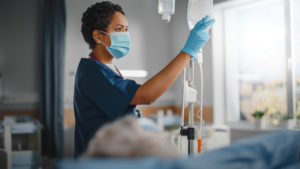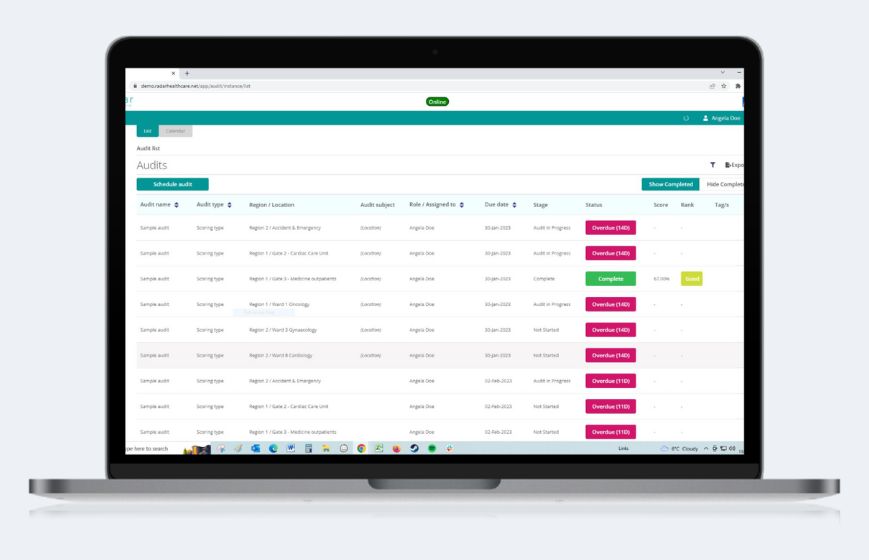The Duty of Candour: what is it and how can we help?
Tags:
 What is the Duty of Candour?
What is the Duty of Candour?
The Duty of Candour is a regulation that enforces health and care professionals to be open and transparent with people receiving services and treatment. This applies to every CQC-regulated health and social care provider.
Registered providers and managers must be open and honest with everyone receiving care or treatment from them. Health and care professionals must be truthful when something could cause harm or distress or go wrong with the treatment. Failure to comply with the principles can lead to consequences.
The General Medical Council states that doctors must: inform the patient (or their advocate, carer, or family) when something has gone wrong. An apology, a suitable remedy, or support must be offered, as well as a clear explanation of the short and long-term effects of what has happened.
Passed by Parliament in February 2022, hospitals have new obligations and protections around adverse events. From November 2022, public and private hospitals will be required to:
- apologise to any person seriously harmed while receiving care.
- explain what went wrong.
- describe what action will be taken and improvements put in place.
Wanting to improve your patient safety?
Professional Duty of Candour vs. Statutory Duty of Candour
There are two types of Duty of Candour – both have similar aims:
Professional Duty of Candour
The NHS professional Duty of Candour means being open and honest with patients and families when something goes wrong with their treatment or care, claiming accountability, and taking action to put things right where possible.
Regulators such as the General Medical Council (GMC), Nursing and Midwifery Council (NMC), and the General Dental Council (GDC) oversee professional duty in healthcare.
Statutory Duty of Candour
The Statutory Duty of Candour (SDC) is laid out in Regulation 20 of the Health and Social Care Act 2008 (Regulated Activities) Regulations 2014. Legally this enforces that workers are transparent and caring to all co-workers, patients, and people in care.
Regulation 20 also states that providers must take action when a Notifiable safety incident happens. To qualify as a notifiable safety incident the event must have been unintended or unexpected or could result in death or severe/moderate harm to the person receiving care.
Interested in finding how Radar Healthcare improves patient safety?
How does the Duty of Candour relate to Patient Safety Incident Response Framework (PSIRF)?
The PSIRF, part of the NHS Patient Safety Strategy, aims to continually improve and build on the foundations of a safer culture and systems. PSIRF focuses on and emphasises creating an open and transparent incident reporting culture. The four main aims cover:
- Compassionate engagement and involvement of those affected by patient safety incidents.
- Application of a range of system-based approaches to learning from patient safety incidents.
- Considered and proportionate responses to patient safety incidents.
- Supportive oversight focused on strengthening response system functioning and improvement.
Like the Duty of Candour, PSIRF has a patient-focused approach. PSIRF aims to build a culture within the workforce that improves patient safety through responding and reflecting on incidents.
How can software help?
The world of healthcare is changing. New frameworks, regulations, and challenges are occurring. Having suitable systems in place can help ensure that you are always prepared and put your patient’s and workers’ safety first.
Radar Healthcare’s risk, quality, and compliance software was designed with patient safety in mind. LFPSE compliant and AI-driven, the system helps you accurately log incidents and events, monitor and report risks, implement integrated action and improvement plans, give oversight of trends, and encourage continuous improvement.
Start transforming your patient safety and speak to our expert team.









